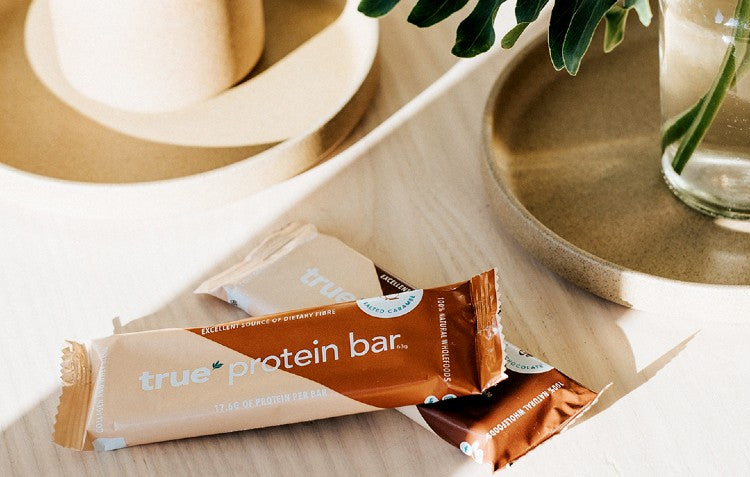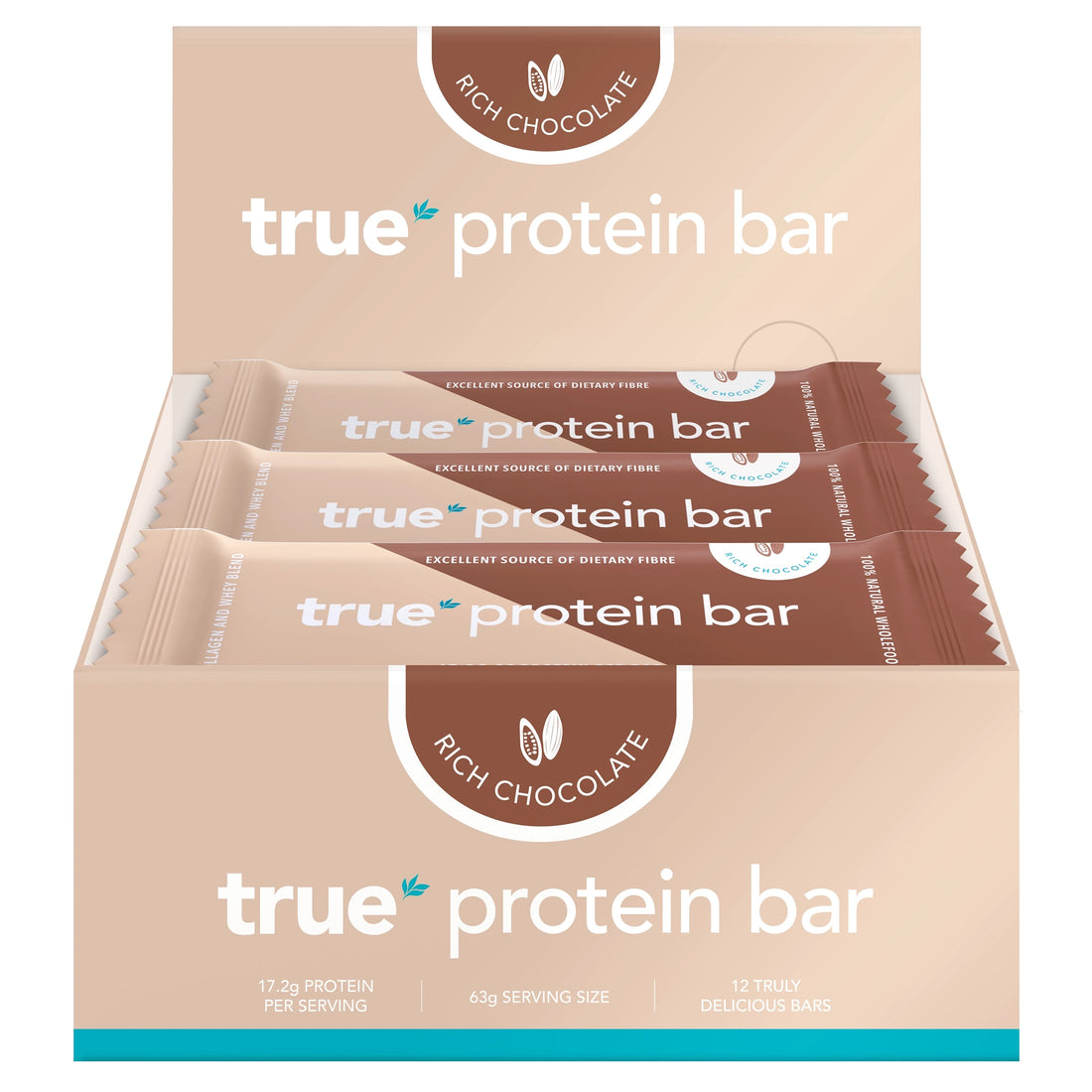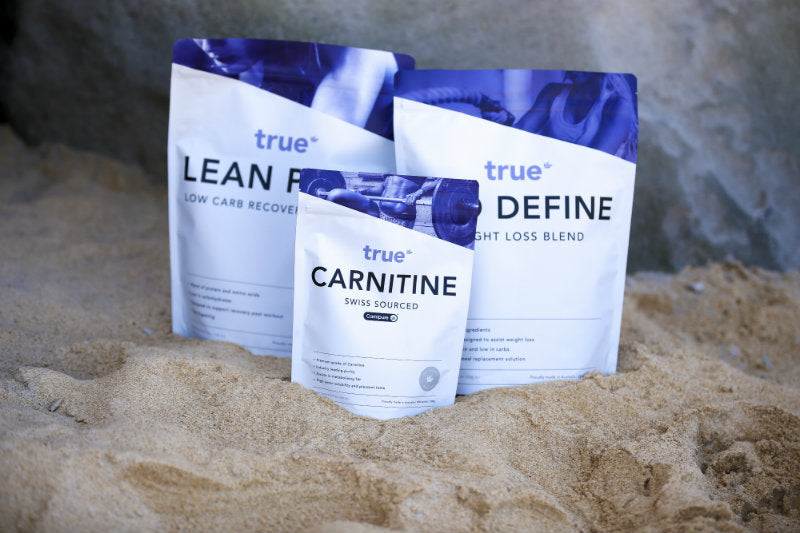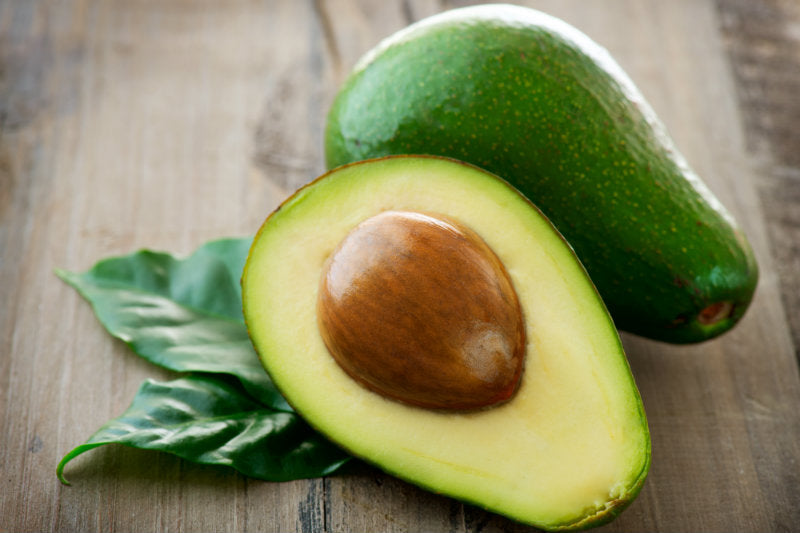As unique beings we each respond differently to the foods we eat. This is why there is no 'one size fits all' when it comes to diet. This is reflected in the long list of dietary choices - keto, paleo, FODMAPs, intermittent fasting, gluten free, dairy free, vegan, vegetarian - the list goes on!
What we eat can look very different from person to person but there are some foundational guidelines we can all implement to create and importantly, to maintain a healthy diet.
Eat the rainbow
Many know that by eating a diet rich in colour, we maximise our intake of vitamins, minerals and fibre but the power of phytochemicals should not be overlooked. Phytochemicals are plant (phyto) chemicals that give fruits, vegetables, wholegrains, nuts, seeds and legumes their colour, taste and smell. Phytochemicals are often also antioxidants, molecules that stabilise free radicals to prevent them causing harm in the body.
Scientists estimate there are over 5,000 phytochemicals and we are only just starting to understand how they benefit our health, but the evidence is growing for their protective effects.
Some of the associated benefits include:
-
Carotenoids in red, orange, yellow, and green plants (cooked tomatoes, carrots, squash and broccoli) may inhibit cancer growth and cardiovascular disease, as well as enhance immunity.
-
Flavonoids in berries, apples, citrus, onions, soybeans and coffee may fight inflammation and tumor growth.
-
Anthocyanins in berries and red wine are associated with lower blood pressure.
-
Proanthocyanidins and flavanols in grapes, apples, cocoa and red wine are linked to better function of the lining of the arteries and reduced blood pressure.
-
Quercetin in apples, onions and citrus fruits may help decrease inflammation and blood pressure.
-
Lutein and zeaxanthin in dark leafy greens are linked to eye health.
There can be dozens or even hundreds of phytochemicals in one plant and they work in synergy when eaten in its whole food form - so the more colour we have in our diet, the better it is for our health.
Variety is the spice of life
Eating the same foods and meals week in, week out can be an easy trap to fall into. However, it is vital we rotate our foods, as no single food has all the necessary nutrients for good health. Variety not only gives us the health benefits of different vitamins, minerals and antioxidants but also the fibre and prebiotics necessary to support our gut health.
Gut health is not just about digestion, it can affect everything from mood, anxiety, brain function, sleep, weight, allergies and our immune system. A thriving gut is crucial for everyone and it has been shown that a healthy gut microbiome is one with greater diversity. To build this we need a diet abundant in fresh, colourful and prebiotic foods, minimising unhealthy saturated or trans fats, processed and high sugar foods. Alcohol and stress also directly impact our gut microbiome so awareness of this is important for our health.

Reflect on your meals over the last few weeks and if you think you need a bit more variety in the foods you are eating, below are some great tips to boost your diversity:
-
Head to your local markets for inspiration, even ask the growers for recipes and tips.
-
Swap staple ingredients in your favourite dishes for something different - you might discover a new favourite combo.
-
Invite your friends over to try out a new recipe on them - food is always better shared!
-
Make sure your plate is colourful, this means it is packed with health protective antioxidants.
-
Check out our blog for lots of great recipes and pick a new one to try each week.
Eat in season, eat local
If you have ever tasted rocket or tomatoes freshly picked from the garden, you will know the significant variance in taste and flavour from those purchased at a supermarket. Fresh produce is not only amplified in taste but also in nutritional value. After fruits and vegetables are picked, their quality declines and so does their potential health benefit. This is why it’s great to source food from markets or stores where you know the produce is locally grown and has taken less time to travel to your plate. It also means you are eating in season and providing your body the foods and nutrients it needs for that season - plus it’s cheaper! If you are eating food that is not in season, it has likely undergone more processing to add chemicals or agents that stop it spoiling and enable its availability all year round.
This ‘source local’ rule also applies if you consume animal proteins. What the animals are fed and the farming practices applied have a direct impact on the quality (and taste) of the meat produced. Knowing where our food comes from is really important for our relationship with food, the environment, our community and our health. Try to buy your meat from local butchers or markets where you can ask these questions and support local businesses. Always opt for free range and organic where possible - it’s not always as expensive as you might think!
Enjoy what you eat
Eating is a physiological and psychological process driven and regulated by our hormones. If we do not enjoy and feel satiated after our meals, we can feel a sense of lacking, a craving for something more that’s often sweet and sugary!
The easiest way to increase the flavour of your food is to add herbs, spices and healthy fats.
Why not try...
-
Adding fresh coriander, mint or parsley to your salads and veggies.
-
Toss your chicken in thyme and/or oregano with a splash of balsamic vinegar and extra virgin olive oil before baking.
-
Add turmeric, garlic, salt, pepper and extra virgin olive oil to your cauliflower before roasting.
-
Sprinkle salads, veggies or smoothies with nuts or seeds such as pumpkin, sesame, sunflower or hemp - these give a yummy crunch too!
-
Add avocado or feta to your salads.
-
Drizzle sesame oil over a freshly made stir fry.
Guilt-free treats
Eating a healthy balanced diet and undertaking regular exercise, means that occasionally we can enjoy the finer things in life without guilt or rumination.
A truly healthy and sustainable diet incorporates both an abundance of healthy wholefoods and a sprinkle of the more indulgent foods we love (as long as they do not cause any negative reaction). These are soul foods, they bring us joy and pleasure and to eliminate them would be to create an unhealthy and restrictive eating mindset, which can increase cravings and negatively impact our mental health.
See our Snack Range for more.
Avoid yoyo dieting
With so many different diets to read about, it can be overwhelming to know what is best and easy to jump from one to the other. This type of diet yoyo’ing can interfere with your metabolism, hormones and mental health. It’s imporant that you find what foods you thrive on and which work for your health goals, without a need to label your dietary choices.
We are each unique on a cellular, genetic and microbiome level, with our needs changing throughout different stages of life. Being open and flexible means you create the diet that fits your individual needs at that time. For example, if you find eating paleo works for you but you enjoy and feel good eating legumes, do not feel constrained or guilty to integrate them. Perhaps you then take a course of antibiotics and find you react to them, it is advisable to do some gut restoration before slowly reintroducing them to see how you feel.
In Summary...
A healthy diet is only as healthy as its ability to be sustained (i.e. integrated into your lifestyle long term) so whatever your food choices, there is no wrong or right, only what works for you. The above are guiding principles to thrive, whatever way of eating you choose!
References
- WHO/FAO. Diet, nutrition, and the prevention of chronic diseases. Geneva: World Health Organization, 2003.
- https://academic.oup.com/ajcn/article/81/1/215S/4607494
- Williamson G. The role of polyphenols in modern nutrition. Nutr Bull. 2017 Sep;42(3):226-235. doi: 10.1111/nbu.12278. Epub 2017 Aug 15. PMID: 28983192; PMCID: PMC5601283. https://pubmed.ncbi.nlm.nih.gov/28983192/
- https://pubchem.ncbi.nlm.nih.gov/compound/beta-Carotene
- Costa-Rodrigues J, Pinho O, Monteiro PRR. Can lycopene be considered an effective protection against cardiovascular disease? Food Chem. 2018 Apr 15;245:1148-1153. doi: 10.1016/j.foodchem.2017.11.055. Epub 2017 Nov 15. PMID: 29287334
- https://pubmed.ncbi.nlm.nih.gov/29287334/
- Meule, A., & Vögele, C. (2013). The psychology of eating. Frontiers in psychology, 4, 215. https://doi.org/10.3389/fpsyg.2013.00215
- Rui Hai Liu, Potential Synergy of Phytochemicals in Cancer Prevention: Mechanism of Action, The Journal of Nutrition, Volume 134, Issue 12, December 2004, Pages 3479S–3485S, https://doi.org/10.1093/jn/134.12.3479S
- Singh RK, Chang HW, Yan D, Lee KM, Ucmak D, Wong K, Abrouk M, Farahnik B, Nakamura M, Zhu TH, Bhutani T, Liao W. Influence of diet on the gut microbiome and implications for human health. J Transl Med. 2017 Apr 8;15(1):73. doi: 10.1186/s12967-017-1175-y. PMID: 28388917; PMCID: PMC5385025.
- https://www.health.harvard.edu/staying-healthy/fill-up-on-phytochemicals.




